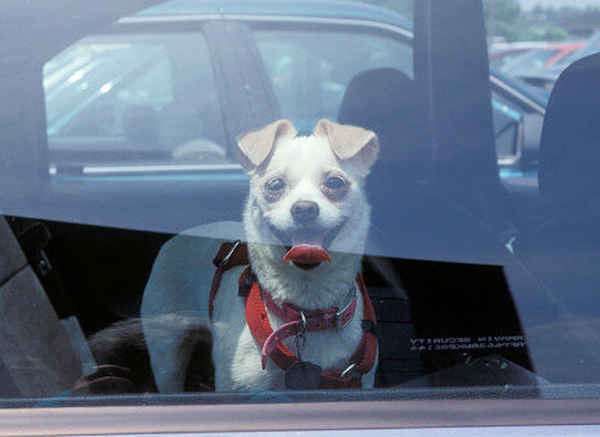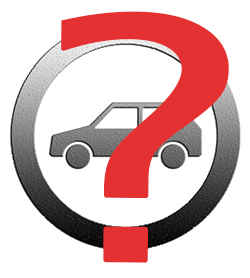Why do dogs pant in the car?
Traveling with your furry friend can be a joyous experience, but sometimes, you might notice your dog panting excessively while in the car. Understanding why this happens can help you ensure your pet’s comfort and safety during journeys.

Reasons for Panting in the Car:
Anxiety and Stress
Dogs can experience anxiety and stress when traveling in cars, especially if they’re not accustomed to it or have had negative experiences in the past. Panting is a common physiological response to stress in dogs.
Motion Sickness
Just like humans, dogs can also suffer from motion sickness. The movement of the car can cause nausea and discomfort, leading to panting as a response.
Heat Regulation
Panting is a natural way for dogs to regulate their body temperature. The confined space of a car, especially on warm days, can cause dogs to pant more to cool themselves down.
Excitement
Some dogs get overly excited when going for a car ride, which can trigger panting. This excitement can be due to anticipation of reaching a destination or simply enjoying the ride itself.
What to Do?

- Gradual Introduction
If your dog is not used to car rides, gradually introduce them to the experience by taking short trips and gradually increasing the duration. This can help reduce anxiety and stress associated with car travel.
- Comfort and Safety
Ensure your dog is comfortable and safe in the car by using a secure harness or crate. Providing familiar objects like blankets or toys can also help alleviate stress.
- Proper Ventilation
Keep the car well-ventilated to prevent overheating, especially on hot days. Cracking windows or using air conditioning can help regulate the temperature inside the car.
- Consult a Veterinarian
If your dog continues to pant excessively or shows signs of distress during car rides, consult with your veterinarian. They can provide advice and may prescribe medication to help with anxiety or motion sickness.
Interesting Facts

Breeds Matter: Some dog breeds are more prone to motion sickness and anxiety than others. For example, brachycephalic breeds like Bulldogs and Pugs may be more susceptible to motion sickness due to their unique respiratory anatomy.
Panting vs. Drooling: While panting is a common response to stress or heat, excessive drooling can also be a sign of discomfort or nausea in dogs during car rides.
Positive Associations: With patience and positive reinforcement, many dogs can learn to associate car rides with enjoyable experiences, reducing stress and panting over time.
Understanding the reasons behind your dog’s panting in the car can help you address any underlying issues and make traveling a more pleasant experience for both you and your furry companion.












